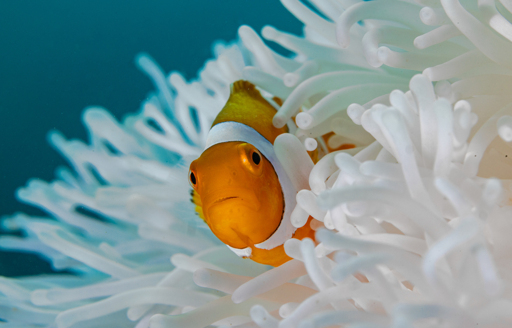When Morgan Bennett-Smith descended to a familiar reef in the central Red Sea in September 2023, he expected to find the same tagged anemones and resident clownfish he had been monitoring for months. Instead, he found a ghostly landscape: every anemone had turned white, and most of the bright-orange fish that had been sheltering in protective tentacles just weeks earlier were gone. By the following spring, the reef looked even worse. Of the 168 clownfish Bennett-Smith and his colleagues had counted in December 2022, only seven remained. “I watched them go from thriving, healthy coral reefs to, in some cases, just complete rubble fields,” Bennett-Smith told Mongabay. “I watched them go from thriving, healthy coral reefs to, in some cases, just complete rubble fields,” Bennett-Smith told Mongabay. “Marine scientists who’ve been doing this for decades have seen that in other places like Maldives, French Polynesia… But that was my first sort of visceral experience with it. And it was it was heartbreaking.” A juvenile Red Sea Clownfish looks out from a bleaching anemone.When sea temperatures remain high, anemone expel their symbiotic algal partners, typically resulting in death. Photo courtesy of Morgan Bennet-Smith. A new study, published in npj Biodiversity, documents the effects of a marine heat wave across three reefs in the Red Sea. First, all the anemones bleached. Then, 94-100% of the clownfish disappeared. Finally, 66-94% of the anemones died. The events represent the near-total local collapse of a mutualism that had endured for millions of years. Between 2022…This article was originally published on Mongabay
From Conservation news via this RSS feed


